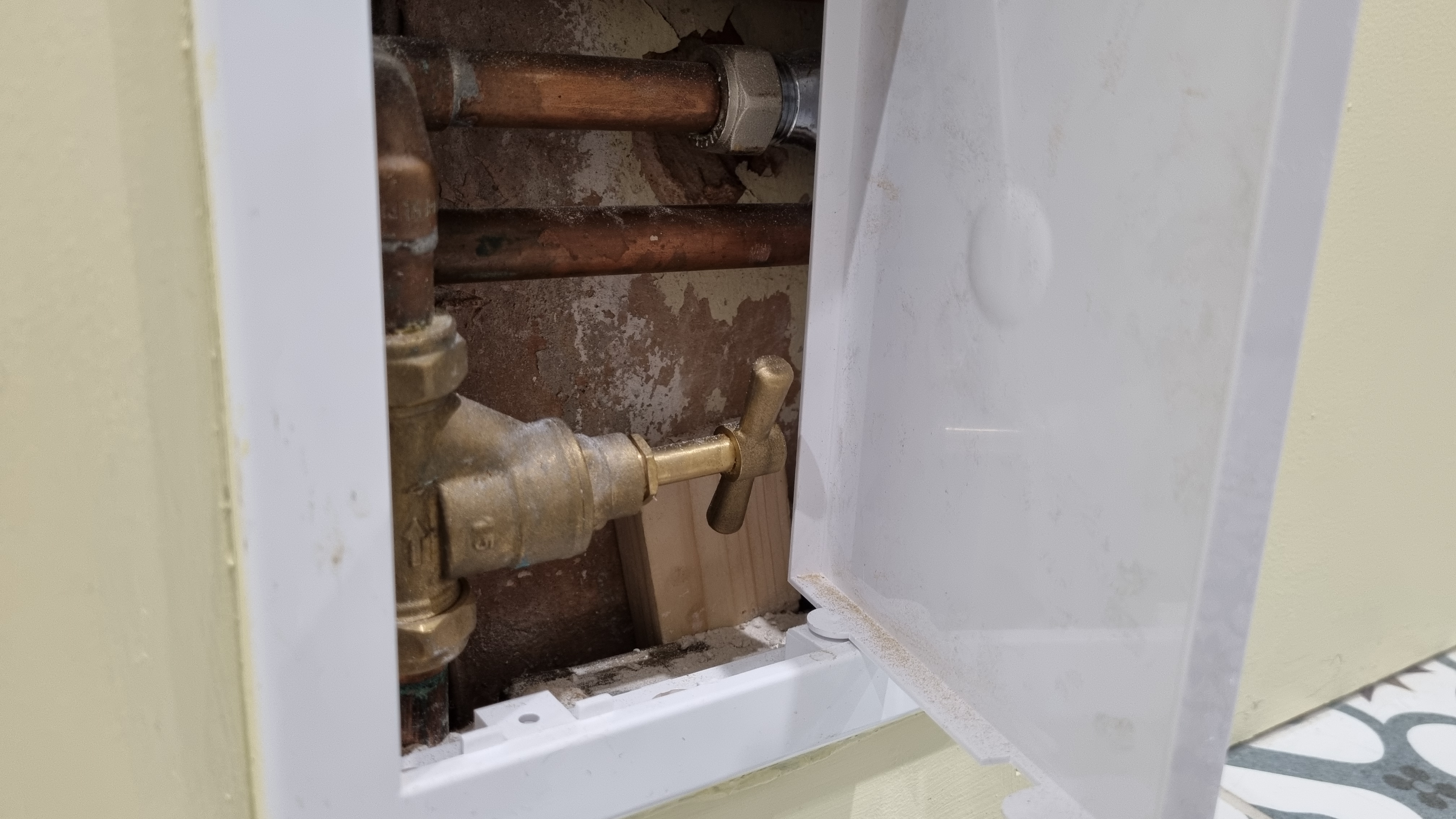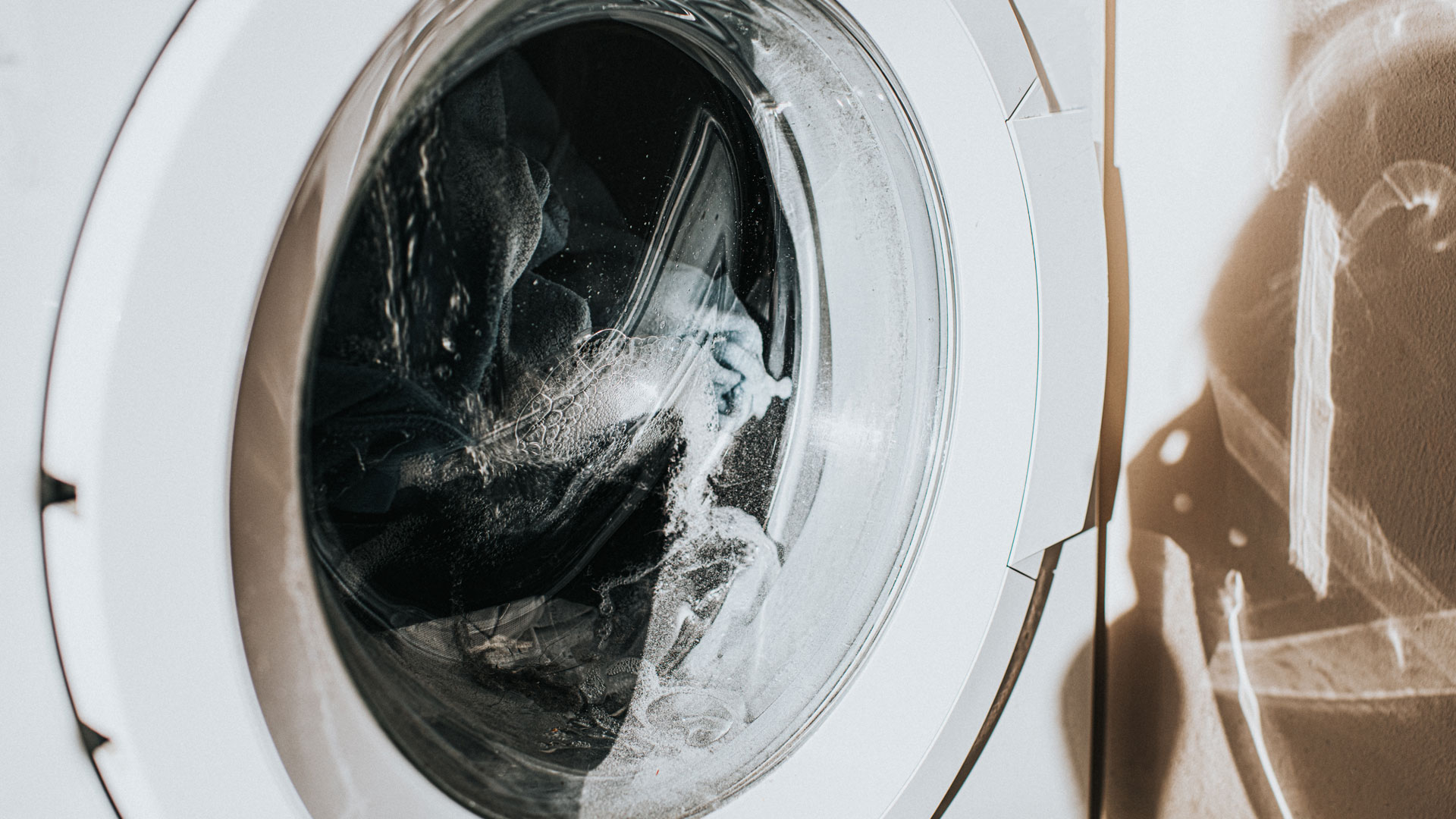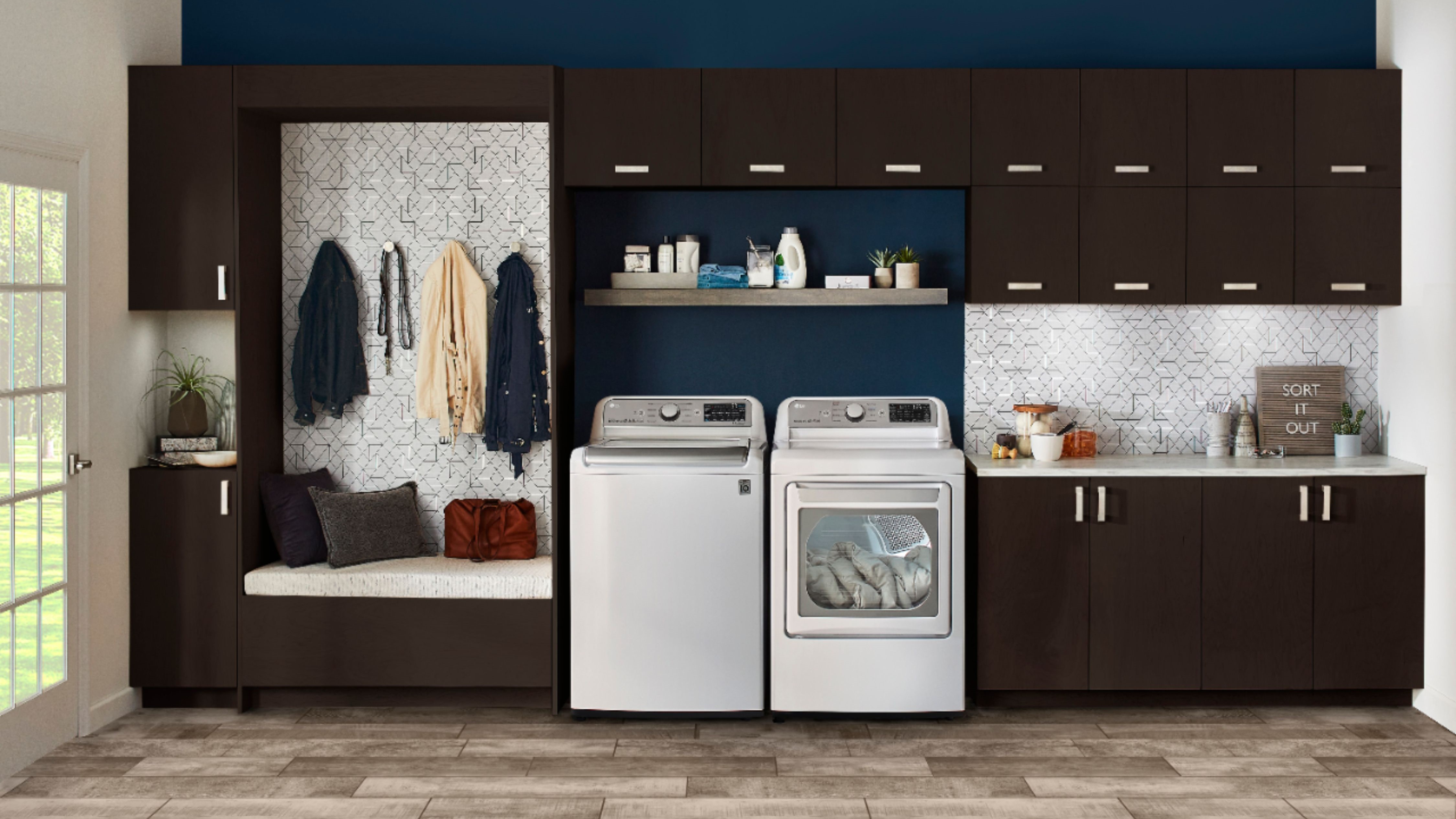Figuring out how to install a washing machine on your own might seem like a big deal. With all of their pipes, valves, and other parts, the best washing machines - whether front-loading or top-loading washing machines - and the best washer-dryers might seem like too big of a hurdle to set up by yourself.
Luckily, installing your brand-new washing machine doesn’t have to be rocket science. We’re going to break the process down step-by-step so that you can get your washing machine up and running without any extra fuss, saving precious pennies on calling someone out to do it for you at the same time.
However, it is important to mention that our experts advise always following the manufacturer's guidelines, and if the manufacturer or reseller offers installation, it's advisable to accept this, as in many cases, the warranty of new models can be rendered void if you opt out of the official manufacturer's installation and instead choose to install it yourself.
Do be sure to check the terms and conditions of your purchase and warranty before you embark on installing the machine yourself.
Regardless of whether or not you opt for a technician installation or choose to do it yourself, these step-by-step instructions, tips, techniques and best practices, with advice from our experts will serve you well.
AO laundry expert Gwil Snook advises: "We always recommend not installing the appliance yourself, as it can void your warranty. Instead make sure to make use of services by retailer professionals. When having your washer installed, make sure there’s access to a cold-water supply and waste hose connected nearby and a power outlet."
Judi Kutner adds: "Installation isn’t complicated but has to be done right. The machine should be in a spot close to water and drainage with good ventilation. Hoses need to be attached securely to avoid leaks, and the power outlet should match the machine’s requirements. Skipping these details can lead to trouble later on."

Gwil is a heated laundry and dishwasher expert with more than seven years experience and holds a particular interest in heat pump tumble dryers.

Judi Kutner is a licensed realtor as well as a senior contributor at Virtual Staging, the premier solution for transforming vacant property listings into captivating dream homes. She currently holds a Florida real estate license and has held a NY Mortgage Broker's license, a Florida Community Association Manager license, plus several SEC licenses during her career.
Having worked in the engineering and construction industry for over a decade, Thomas has worked as lead engineer on large scale projects for global clients such as Ford, Audi and Jaguar. He has spent the past four years using his expertise to develop the UK Construction Blog - a leading online platform dedicated to empowering individuals and businesses in the construction industry for over 14 years.
- Adjustable Wrench
- Pliers
- Screwdriver
- Level
- Utility knife
- Tape measure
- Bucket and towels
How to install front-loading machines
Before you get your hands dirty, it’s helpful to tick off the tools you’ll need. This includes toolbox staples such as pliers (also called a mole wrench or mole grips) and a bucket, tape measure, and spirit level.
Most of the essentials will already be safe inside your new machine’s drum, such as a water-in pipe, but if you’re missing a standpipe or sink for the wastewater, you’ll need to order this in advance and call out a plumber. Or if it’s simply too far away from where you’ll be placing the machine, an extension hose will do the trick.
To avoid any disappointments, measuring up your desired space and checking it against the machine’s dimensions is a good idea. While you’re at it, the ground should be completely even, as a slanted surface will result in excess vibrations and wear down your machine quickly.
Thomas Oldham, Co-Founder, UK Construction Blog explains that attention to detail is key, whether you are installing a front-loading washing machine, or top-loading.
Thomas asserts: "From my experience in engineering and construction, I’ve learned that preparation makes all the difference. First, ensure there’s enough space - about 76 cm in width and 89 cm in depth. This is crucial for a well-designed laundry room. The machine should sit on a level surface, leaving 2.5-5 cm of clearance on the sides for airflow and noise reduction."

1. To get started, remove your old machine by switching off the mains electricity and the cold water supply valve. Once that’s done, you’re clear to switch off and unplug the machine itself.
2. Turn off the cold water hose and unscrew it with a pair of pliers. Then, tug the drain hose out of the standpipe by hand, keeping a bucket on standby to catch any excess water hanging around in the hose.
3. With the old machine safely stowed away, it’s time to install your new machine. However, you can’t do that without manually unscrewing the transit bolts fastened to the back of the machine. There should be around four in total.
3. The cold water-in pipe is where your pliers will come in handy. You’ll need to screw the pipe tightly into the back of the machine and secure the other end to your cold water supply.
Thomas Oldham says: "When connecting the water supply, replace old hoses with durable new ones. Attach the blue hose to the cold supply and the red hose to the hot, hand-tighten them, then give an extra quarter-turn for safety."
4. Switch on the water-in valve, which gives water the green light to enter the pipe. Now your machine has a fresh supply of water, and it’s turned on.
5. Next in line is the drain hose, which should already be attached to your machine. Simply use your hands (and a hose guide if you have one) to feed the hose into your wastewater downpipe. Some machines come with a plastic U-bend, which you can fix to the wall at the same time to keep the hose firm, preventing kinks and blockages.
Thomas Oldman adds: "For the drain setup, secure the hose into a standpipe or sink, making sure to form an anti-siphon loop to prevent backflow."
6. It’s worth stopping here and double-checking all of the pipes for leaks because if they’re not fastened correctly, you might end up with a puddle or two down the line.
In the event of leaks, the plumber’s tape is a good bandaid, or your machine might have a rubber washer to help prevent them.
7. Now, you’re free to slot your new machine into place and plug it in.
In terms of power outlets, Thomas Oldman advocates that the machine be plugged into a "grounded 120-volt outlet, ideally with GFCI protection. Adjust the feet until the machine is perfectly level."
8. Before you get right onto your laundry chore, place a spirit level on top of the washer to test whether it’s leaning to one side. If the reading is uneven, use a spanner to loosen the locking nuts on the front legs and tweak them until the machine’s level, re-tightening them again afterward.
Thomas Oldman explains: "Front loaders work best on sturdy floors. Always remove shipping bolts and keep a 10 cm clearance from the door. After installation, run an empty test cycle to check for any leaks."
"Replace hoses every 3-5 years and take note of the installation steps. A solid setup can save you from costly repairs later."
If you decide you need a new washing machine pedestal, we have a separate feature for those.

How to install top-load washing machines
What’s the difference between a front load washing machine and a top load washing machine? The first has a front-facing door, while the top load washer has a hatch on top.
This makes measuring your space all the more important because, as well as ensuring the dimensions are correct, you’ll need to remember that the lid opens upwards, making it a bad idea to have shelving fitted directly above the machine unless you want it to be temporarily out of order.
1. Use a tape measure to measure the dimensions of the door. Then, measure the space above where you’ll be fitting your machine. If the door is larger than the space, you’ll have trouble opening the hatch.
2. Once you’re sure there’s enough space, the steps are the same as installing a front-load washer. First, remove your old machine by turning off the mains, valve, and machine, then unfastening the hoses and sliding them out.
3. After unscrewing the transit bolts, connect the cold water pipe to the back of the machine and fasten the screws using pliers, feeding the other end into the cold water supply.
3. To set up the drain hose, locate your standpipe and guide the drain hose in.
4. Check for leaks before plugging in your machine.
5. Finally, check that the washer’s on even ground using a spirit level. If it’s not, you’ll need to meddle with the foot height by loosening and tightening the nut bolts with a spanner.

How to dispose of a washing machine
With your new machine up and running, your old machine will only be taking up precious space. However, because washing machines are classed as hazardous, you can’t simply dispose of them in a skip.
Recycling or reusing is the best way to dispose of your washing machine responsibly. You can check whether your local recycling center accepts old washing machines, and if not, most local councils have a cheap removal service or re-use service, although there might be a wait.
There are other collection services on the internet for a speedier pick-up, including original retailers that act as a recycling center, or you could consider donating to friends, family, or a charity store to prevent a working machine from going to waste.
And for more laundry advice, check out our feature on what you can and can't put in a washing machine.
Final Thoughts
Remember, it's advisable to not install a machine yourself as it can render your warranty void. Our experts advise opting for a professional installation that is covered under warranty, from either the manufacturer or the reseller.
If you do opt to install your machine yourself, follow the top tips, techniques, and steps outlined above by our experts to install your washing machine successfully.


